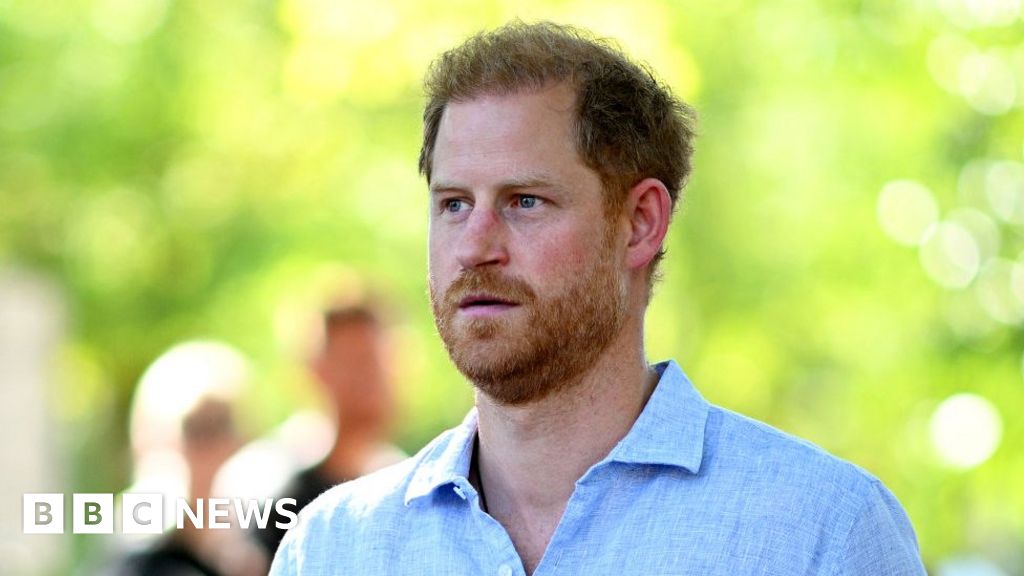Sometimes, you need to interpret what Jerry Jones says and what he means.
The Dallas Cowboys owner likes to talk to the media. Nothing wrong with that. It sometimes leads to quotes that follow him around, like when he said at the end of last season that the Cowboys would be “all in” for the 2024 season.
What did that mean? For many, saying “all in” repeatedly means your team is pushing whatever chips it has in the middle of the table for a Super Bowl run, but you can decipher Jones’ words however you wish.
“I would anticipate – with looking ahead at our key contracts that we’d like to address – we will be all in,” Jones said at the Senior Bowl, according to the team’s site. “I would anticipate we will be all in at the end of this year. So when you say is there any thought … we will push the hell out of it.
“It will be going all in on different people than you’ve done in the past. We will be going all in. We’ve seen some things out of some of the players that we want to be all in on. Yes, I would say that you will see us this coming year not build it for the future. It’s the best way I’ve ever said. And that ought to answer a lot of questions.”
Sounds like the Cowboys were going to be a major player in free agency, right? Nope.
On Monday, there was a free agent frenzy around the NFL. Not every key free agent is spoken for, but it seemed like it. And the Cowboys did nothing.
To most people, “all in” means spending big money on running back Saquon Barkley and edge rusher Bryce Huff, like the Philadelphia Eagles did. Or trading for franchise-tagged pass rusher Brian Burns and agreeing to a five-year, $141 million deal with him, like the New York Giants did. Even the Washington Commanders have agreed to deals with seven free agents including linebacker Frankie Luvu and running back Austin Ekeler. They’ve also agreed to deals with center Tyler Biadasz and defensive lineman Dorance Armstrong … who left the Cowboys. Dallas also lost running back Tony Pollard to the Tennessee Titans, and reports say they don’t plan to spend much at that position.
The rest of the NFC East was making moves and the Cowboys were quiet. That’s not all in; it’s folding before the flop.
There’s a lot of time for the Cowboys to make big moves — free agency doesn’t even officially start until Wednesday afternoon, which sounds weird — but it’s appears that whatever Jones meant by “all in” didn’t necessarily mean what most people would think it means. It makes sense for the Cowboys to be prudent, with big contract extensions coming on Micah Parsons and CeeDee Lamb. But then maybe the owner shouldn’t be saying things like “you will see us this coming year not build it for the future.”
The Cowboys presumably will mostly run it back. That includes coach Mike McCarthy, who saved his job. That’s fine. The Cowboys have been very good the past couple years, and if you continue to be one of the NFL’s best regular season teams then eventually you should break through with a playoff run. But it looks like the Cowboys are going to have to change that narrative without a lot of outside help, unless they have a big plan for the second wave of free agency or some trades.
Whatever Jones meant by “all in” didn’t include leveraging future years on the salary cap and perhaps the draft to make a huge push for a Super Bowl this year. Maybe Dallas will make some moves before it’s all over.
Here are the rest of the winners and losers from a wild start to free agency, a couple days before it technically began:
WINNERS
Las Vegas Raiders’ defensive line: If the Raiders figure out their quarterback situation soon, they’ll have a scary defensive line on the other side of the ball.
Christian Wilkins came at a big price, getting $110 million over four years. But he’s also a quality defensive tackle who might end up being the biggest prize in free agency. He’ll be next to Maxx Crosby, one of the best defensive ends in the NFL. If Tyree Wilson, the No. 7 pick in last year’s draft, comes along this season the Raiders might have one of the best defensive lines in the NFL.
Gardner Minshew II, who agreed to a deal Monday with the Raiders, gives the team options at quarterback. They don’t need to reach on anyone or make a panic move. The Raiders won’t be a challenger in the AFC West until the quarterback situation gets figured out. But they made a nice move to get Wilkins in the hopes that when the QB arrives, the rest of the team will be ready around him.
Bryce Young: The Carolina Panthers needed to get Young some help. His development is crucial. So they followed an old New Orleans Saints model.
When the Saints had vertically challenged quarterback Drew Brees, they invested in the interior of their offensive line. Brees needed a clean look in front of him. That’s why the Panthers paid big for guards Robert Hunt (five years, $100 million) and Damien Lewis (four years, $53 million).
Carolina has a lot of work to do, but you have to start somewhere. Giving Young some protection in the middle of the line shows they have a plan.
Running backs: Running backs didn’t do so bad in free agency.
Having a bunch of stars helped. And while nobody was getting pass rusher or even offensive guard money, the deals showed that teams do still value high-end running backs. There were agreements by Josh Jacobs and the Green Bay Packers (four years, $48 million), Saquon Barkley and the Philadelphia Eagles (three years, $37.75 million), Tony Pollard and the Tennessee Titans (three years, $24 million), D’Andre Swift and the Chicago Bears (three years, $24 million) and Austin Ekeler and the Washington Commanders (two years, $11.5 million). Other running backs got attention right away: Devin Singletary went to the Giants, Gus Edwards landed with the Los Angeles Chargers, Antonio Gibson agreed with the New England Patriots and Zack Moss will go to the Cincinnati Bengals. Aaron Jones was cut by the Packers but quickly landed with the Vikings. And we still have Derrick Henry to go.
There was plenty of running back movement on Monday. The position isn’t dead, no matter the rhetoric around it.
LOSERS
Minnesota Vikings: At some point the Vikings had to move on from Kirk Cousins. Giving Cousins another $180 million deal, which he got from the Atlanta Falcons, probably wasn’t going to change the team’s Super Bowl trajectory. There’s also a lot of risk involved with Cousins, who is about to turn 36 and coming off an Achilles injury, that wasn’t mentioned often on Monday. We saw what the Vikings’ ceiling was with Cousins, and it was time for something else.
But that something else isn’t ideal.
The Vikings lost the game of quarterback musical chairs. They settled on Sam Darnold for $10 million over one year, which won’t get anyone excited. The draft is coming too, but Minnesota has the 11th pick and could be looking at the fifth best quarterback in the class at that spot. It could work out but there’s no guarantee.
The NFC North is going to be very good this season. The Detroit Lions made smart moves to acquire defensive end Marcus Davenport and cornerback Carlton Davis. The Packers agreed to deals with running back Josh Jacobs and safety Xavier McKinney. The Bears retained cornerback Jaylon Johnson and agreed to a deal with running back D’Andre Swift. And the Vikings are going to be entering an uncomfortable transition season.
Miami Dolphins and Buffalo Bills: The Dolphins and Bills weren’t good enough to make a Super Bowl run last season. It’ll be even harder this season.
Both teams have lost key players without adding much. The salary cap isn’t a myth, as it turns out.
Miami saw defensive tackle Christian Wilkins and guard Robert Hunt agree to nine-figure deals elsewhere. Pass rusher Andrew Van Ginkel also left, to the Vikings. Previously they had cut veterans like linebacker Jerome Baker and cornerback Xavien Howard. Miami had cap issues and still needs to figure out the Tua Tagovailoa extension situation. They’ll have issues replacing those players, though adding linebacker Jordyn Brooks helps.
The Bills were able to retain left tackle Dion Dawkins, defensive lineman DaQuan Jones and edge rusher A.J. Epenesa, but there were some losses. They cut multiple veterans like center Mitch Morse, cornerback Tre’Davious White and safety Jordan Poyer. Receiver Gabe Davis agreed to a deal with the Jacksonville Jaguars. The Bills can justify moving on from each player because they were aging or inconsistent in Davis’ case, but they still need to be replaced somehow. And they don’t have a lot of resources to get that done.
Those two teams should still be the top two in the AFC East. But winning a division is not the ultimate goal for either.

Daniel Miller is a sports fanatic who lives and breathes athletics. His coverage spans from major league championships to local sports events, delivering up-to-the-minute updates and in-depth analysis for sports enthusiasts.






